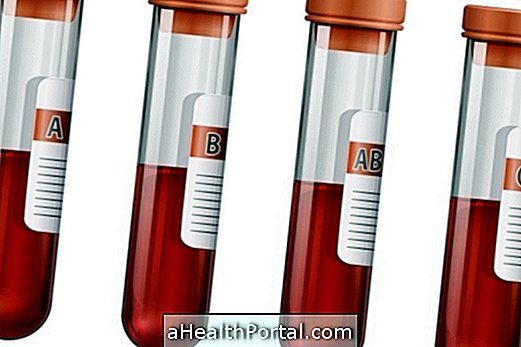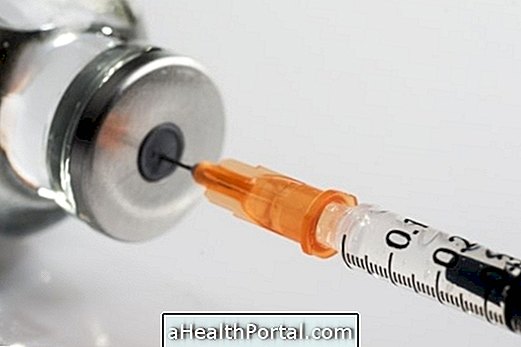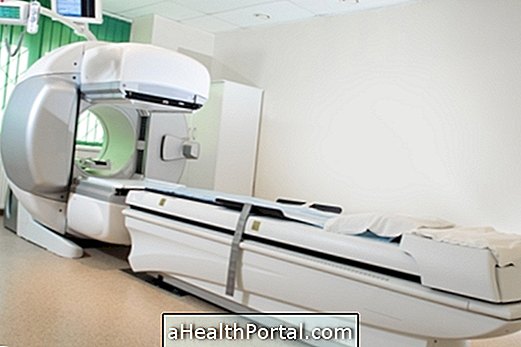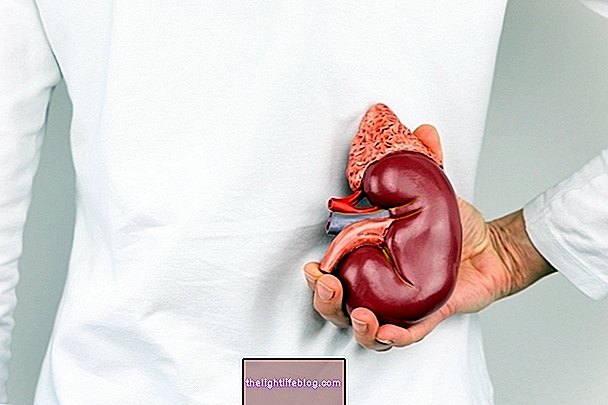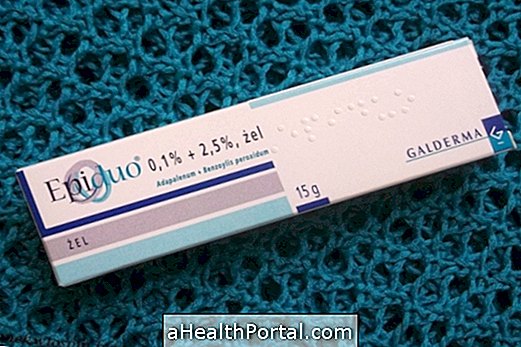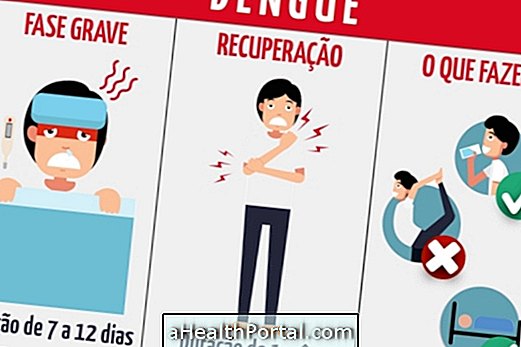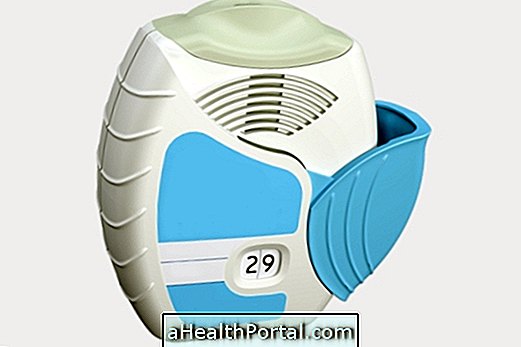Neurogenic shock occurs when there is a communication failure between the brain and the body, causing blood vessels to lose their tonus and dilate, making it difficult for blood to circulate through the body. When this happens, the organs fail to receive the oxygen they need, and so they can not function, creating a life-threatening situation.
This type of shock is more frequent in road accidents and falls, for example when there is a spinal cord injury, however, it can also arise due to problems in the brain, for example.
Thus, if there is a suspicion of neurogenic shock, it is very important to go immediately to the emergency room or call for medical help by calling 192, so that appropriate treatment can be initiated, which is usually done in the ICU with medicines directly in the vein.

Signs and symptoms
The first two most important symptoms of neurogenic shock are the rapid decrease in blood pressure and the slowing of the heart rate. However, other signs are also frequent, such as:
- Decrease in body temperature, below 35.5ºC;
- Rapid, shallow breathing;
- Cold and bluish skin;
- Dizziness and feeling faint;
- Excess sweat;
- Chest pain.
The severity of the symptoms usually increases according to the injury that led to the onset of the shock, and in the case of lions in the spine, the higher the severity, the more severe the symptoms may be.
There are other types of shock that can also cause this type of symptoms, such as septic shock or cardiogenic shock. However, in any case, it is always important to go the fastest to go to the hospital to begin treatment.
Possible Causes of Neurogenic Shock
The main cause of neurogenic shock is the occurrence of spinal injuries, due to strong back strokes or traffic accidents, for example.
However, using an incorrect technique to perform epidural anesthesia at the hospital or using some drugs or medications that affect the nervous system may also be causes of neurogenic shock.
How is the treatment done?
Treatment for neurogenic shock should be started as soon as possible to avoid life-threatening serious complications. Thus, treatment can be started immediately in the emergency room, but then needs to be continued in the ICU to maintain a constant assessment of vital signs. Some forms of treatment include:
- Immobilization : it is used in cases where a spinal injury occurs, in order to avoid getting worse with the movements;
- Use of serum directly in the vein : it allows to increase the quantity of liquids in the body and to regulate the arterial pressure;
- Administration of atropine : a medicine that increases heart rate if the heart has been affected;
- Use of epinephrine or ephedrine : together with the serum, help regulate blood pressure;
- Use of corticosteroids, such as methylprednisolone: help reduce the complications of neurological damage.
In addition, if an accident has occurred, surgery may also be necessary to correct the injuries.
In this way, the treatment can last between 1 week to several months, depending on the type of injury and the severity of the situation. After stabilization of vital signs and recovery from shock, it is usually necessary to have physiotherapy sessions to recover some of the muscular strength or to adapt to the performance of daily activities.



